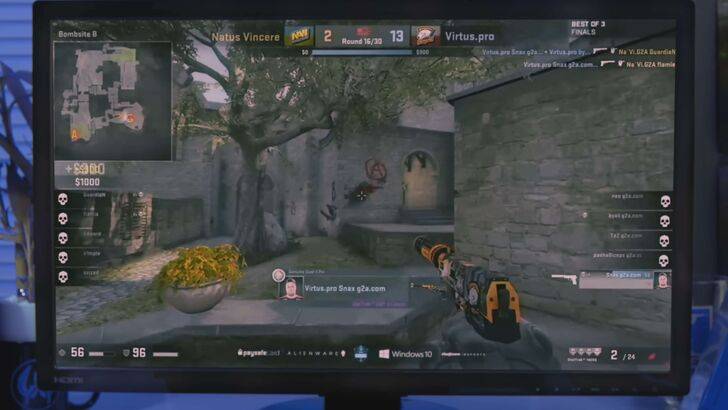The 2025 Game Developers Conference (GDC) State of the Game Industry report highlights a significant shift in game development focus. Let's delve into the key findings.

PC Dominance in Game Development
The report reveals a striking 80% of game developers are prioritizing PC as their primary development platform, a substantial 14% increase from the previous year's 66%. While the exact reasons remain unclear, the report suggests the rising popularity of Valve's Steam Deck might be a contributing factor. Interestingly, although the Steam Deck wasn't a direct survey option, 44% of those selecting "Other" specified the Steam Deck as a target platform.

This trend builds upon previous years, with PC's dominance growing from 56% in 2020. While the emergence of user-generated content (UGC) platforms like Roblox and Minecraft, and the anticipated launch of the Switch 2, have made waves, PC remains the leading platform. However, the Switch 2's potential graphical and performance enhancements could potentially alter this landscape in the future.

Live Service Games: A Mixed Bag
The report also sheds light on the prevalence of live-service games within the AAA development sector. A significant one-third (33%) of AAA developers are currently working on live-service titles. Across all respondents, 16% are actively developing live-service games, with an additional 13% expressing interest. Conversely, 41% show no interest, citing concerns such as declining player engagement, creative limitations, potentially exploitative practices, and developer burnout.

GDC emphasizes the issue of market saturation in the live-service sector, highlighting the challenges developers face in maintaining sustainable player bases. The recent closure of Ubisoft's XDefiant serves as a stark example of this struggle.
Geographical Representation Concerns
A separate report by PC Gamer raises concerns about the geographical representation within the GDC survey. Nearly 70% of respondents hailed from Western countries (US, UK, Canada, Australia), with notable absences from major gaming markets like China and Japan. This imbalance might introduce bias into the report's findings, potentially skewing the overall picture of the global game industry.

In conclusion, the GDC's report offers valuable insights into current industry trends, but acknowledges limitations in its representation. The clear dominance of PC development, coupled with the complexities of the live-service model and geographical representation concerns, paints a nuanced picture of the evolving game development landscape.









